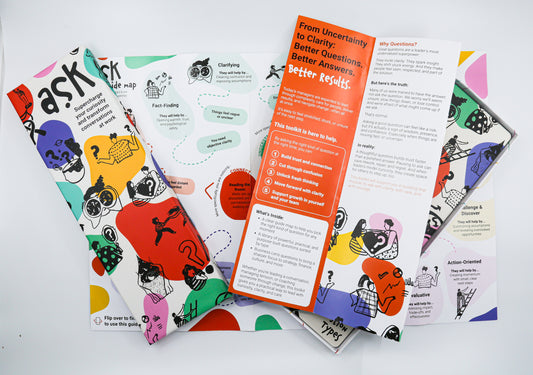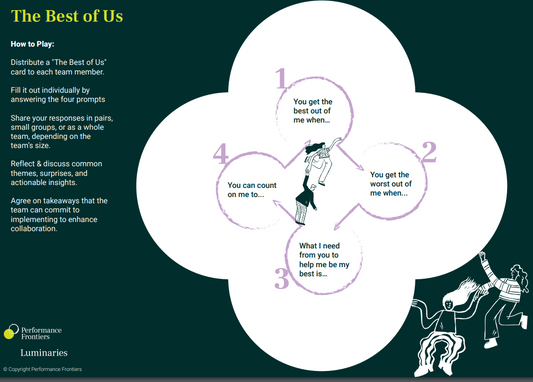Psychological safety has become a bit of a catch cry in the L&D space. So much so that, sometimes, it seems that every organisation is bent on fostering this one characteristic. Unfortunately, the risk with such exposure is that the concept can become increasingly vague and unspecific. For many, psychological safety has morphed into a general sense of team comradery or teamwork.
However, it has a specific meaning, which often helps to be illustrated in the context of Amy Edmondson’s work. Her early studies into this foundational team characteristic were most concerned with learning behaviours – and how likely we were to engage in them. What this tells us is that psychological safety is, at one level, really about not being afraid to say, “teach me something.”
So, if we use this as the bedrock for the concept, let’s take a look at five tips for creating psychological safety:
- Be vulnerable
- As a leader of your team, your behaviour goes a long way to setting team norms. Share a story about yourself or a time when you made a mistake and learnt something new. Normalise this discussion in the context of our shared humanity and the desire to constantly improve. Here are some good pointers around being vulnerable as a leader.
- Talk about mistakes openly
- Create a forum for discussing errors and lead with your own or encourage other leaders within the group to start the conversation. This is an opportunity to really understand what went wrong – outside of a threat state – and make improvements.
- Encourage alternative viewpoints
- Implement a practice where someone must give an alternative viewpoint in a meeting before you close off on a decision. Simple stimulus material can support people in articulating different views and as a means of encouraging everyone to contribute. We find our Think Pics game is fantastic for getting people thinking and talking about their point of view.
- Prioritise team cohesion
- Run team cohesion sessions at least on a bimonthly basis. We know that trust is one of the pillars of psychological safety. And we only build trust with people through connection and getting to know them.
- Normalise different communication styles and celebrate unique strengths
- Allow your team the space to explore their different ways of operating – let them know it’s OK to be them and that together the team is stronger for its differences! We love playing One Upon Align as a way of uncovering our different ways of operating and how we show up as a group.
The beauty of psychological safety is it’s a quality you can start building right away with simple actions and rituals within your team. The culture shift is up to you.









